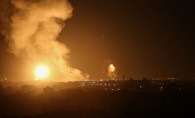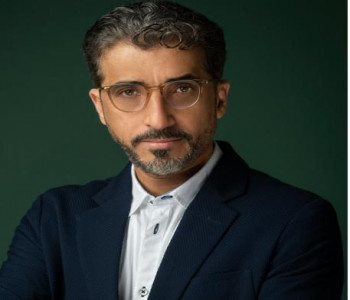Sustainable peace and the future
Sustainable peace and the future
During my trip last summer to Sweden and Norway, I was keen to visit the headquarters of the Nobel Prize in the Swedish capital, which includes the history of the prize and the inspiring personality who launched it, Alfred Nobel, with its five branches: physics, chemistry, medicine, economics, and literature.
In the Norwegian capital, there is the headquarters of the sixth branch of the prize, which is the Nobel Peace Prize. The truth is that it does not seem clear to this day why Nobel chose peace as one of the topics of his prizes. The Nobel Prize in chemistry or physics can be explained by the fact that Alfred Nobel was a chemical engineer. Some explain the existence of the peace branch by the fact that Nobel wanted to create a kind of balance towards his invention - which could cause war and destruction - since he was the inventor of dynamite. The Peace Prize remains the most prominent and important in the world in the field of peace.
The Nobel Peace Museum was impressive, especially when you enter and see the pictures of the dozens of men and women who have won this prize since its inception in 1901.
The museum was filled with the energy of peace and tolerance, as most of those who won this prize had pure hearts and always carried the olive branch throughout their lives. But the questions that occupied my mind as I wandered through the halls of this edifice was, where is peace in our world? Where is peace in our region? And to what extent are the countries of the world committed to this great humanitarian demand? I only receive contradictory answers between what the world talks about and what is happening on the ground.
Every year, the world celebrates the International Day of Peace on September 21, which the world has been committed to since 1981 with the aim of thinking about peace and working to spread its culture among peoples. However, despite international efforts for more than forty years, the global scene is full of violence and wars, especially in the Middle East, which has been witnessing one of the fiercest, most violent and bloodiest wars for eleven months, filled with violations of international laws and UN conventions. The Gaza war, which Hamas started on October 7, 2023, and Israel has continued to this day, has put the issue of peace in question, inquiry and condemnation. Where is peace in the shadow of such a war? How can we apply the slogan of the International Day of Peace 2024, "Together towards sustainable peace"? We need to achieve peace first and then work to sustain it.
The responsibility that falls on the shoulders of the international community is great, and it has a moral responsibility before the new generations, who are watching this international failure to protect the innocent, the weakness in stopping wars, and the delay in holding criminals accountable!
In the Middle East region in particular, the need for peace is urgent, vital, and indisputable. A final solution must be found for the Palestinian issue, and Israel must accept the proposed solutions and restore rights to their owners and not continue to make excuses to evade peace in the region. In our region, we are fighting terrorism and armed groups that carry the ideology of violence and killing and pledge to keep the region on the edge of a volcano, as they do not want peace, security, and stability to prevail!
Today, we feel more than ever that we need to adhere to peace and work to achieve it, and not surrender to the voices of violence, hatred, killing, and destruction. This requires constant awareness, work, and solidarity from everyone, including governments, peoples, civil society organizations and international institutions, so that we can ensure a better future for people everywhere.
Finally, the International Day of Peace reminds us that peaceful solutions are not only possible, but necessary. Diplomacy, dialogue, education, and empowering local communities to participate in decision-making are all effective tools for building a sustainable peaceful future.







